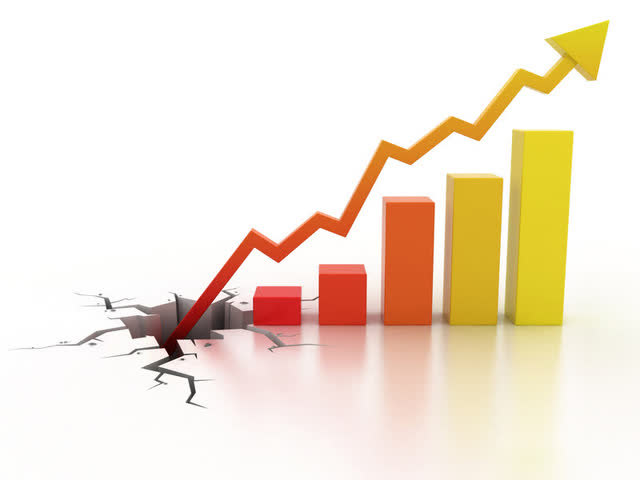For those who supply capital, the interest-rate nightmare continues and shows little sign of abating any time soon. These are great times if you’re borrowing, but it you want or need seeking investment/saving income, may be as bad as it gets. The only thing worse would be dividend reductions: Oh wait, given continuing uncertainties on the economic front (COVID-19, an aging business cycle, brass-knuckle politics), that, too, is an ongoing concern. Investing smarts can’t cancel this, but there’s a lot you can do to make the best of it.
Step One — Manage Expectations
As one who started in security analysis when the bank prime rate was around 20% and even rates in that range weren’t good enough to induce savers to buy CDs (banks also gave free gifts such as toasters or even color TVs), I never thought I’d see the day when I’d have to say, as I do now, that if you can get a dividend yield north of 2%, that’s pretty good and above 3% is excellent. Sure there are stocks yielding around 10%, or more, but that’s only on paper and based on historic payments. The stocks are priced low (which causes the yields to look high) because the market expects those companies to reduce or eliminate dividends, and in this area, Mr. Market turns out to be right very often.
Step Two — Remember Why You’re Looking At Income Stocks As Opposed (Or In Addition) To Fixed Income
You absolutely can find higher yields in fixed income. Some of it is in high yield (junk) where credit risk is a problem. But even for good quality choices, fixed in come is, well, fixed. That means that if interest rates rise in the future, or even if investors start to anticipate future rate increases (maybe not tomorrow but with
